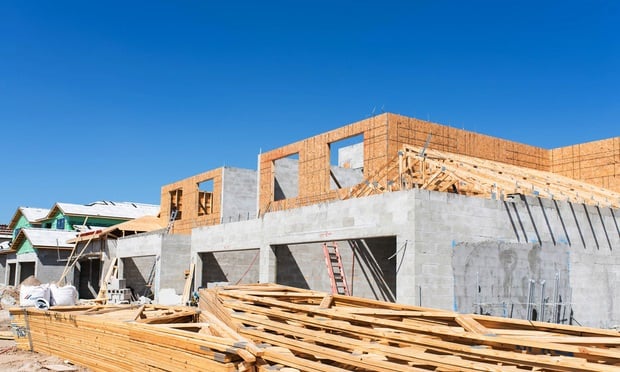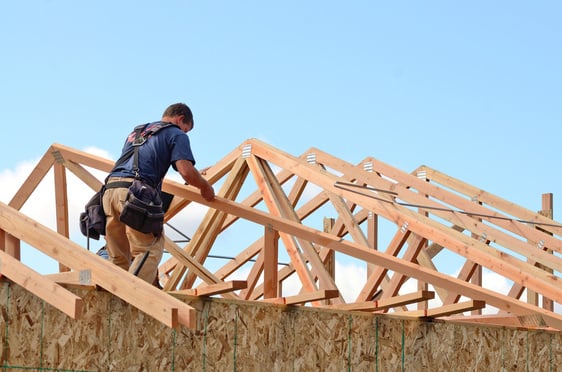PHOENIX—The shift to outpatient care, often at convenient, retail-oriented sites, has really caused the systems to go where the patients are rather than vice versa. Industry experts on the evolution of development and design panel at the recent RealShare National Healthcare Real Estate 2015 conference say that flexibility and accessibility is key, but what is important to remember, according to Ross Caulum, assistant VP of corporate real estate for Scripps Health, is that design is just one component.
Ralph Zucker, president of Somerset Development, focuses on "developing places for people." He cited a recent example, where his firm recently acquired the former Bell Labs, which was originally built between 1962 and 1964. "It was a vacant office building about the size of the Empire State building sitting on its side with six floors and spans about a fourth of a mile with an atrium running down the middle." That plans, he said, are to mix office space, hotel, retail, bar/restaurants, health care, community services—including a library—and event space.
The healthcare component, he said, which will include medical offices and potentially ambulatory care, "is designed to both fuel and harness the many uses contained within the building."
With today's development trending toward all-in-one mixed-use centers, Zucker said that "Bell Works' healthcare centers will be directly connected to retail, hospitality, and, most importantly, thousands of workers within the building."
He added that "medical office is a vital component of our daily lives, which creates great opportunity."
Another huge component of the design process is flexibility, said Alain Beaini, executive director of Devenney Group Ltd. Architects. "Our clients are looking to maximize their dollar." He added that there are a lot of unknowns and making space more adaptable is key.
Scripps' Caulum agreed, noting that efficiency is also key. "We have to provide the right care at the right location."
Another client demand Ben Ochs, CEO of Anchor Health Properties, has noticed is phased development. "We have talked about retail, but that can be more costly on the front end. We are talking about phased development where a building can accommodate additional services in the future. It might start with an urgent care and office presence and add more down the line."
Speed to market is also another important factor, Beaini pointed out. "We are seeing lots of difficulties creating those flexibilities. The decision is on a corporate level and sometimes we can't really predetermine what flexibilities are needed until we know what type of building the project is going in."
Continue Reading for Free
Register and gain access to:
- Breaking commercial real estate news and analysis, on-site and via our newsletters and custom alerts
- Educational webcasts, white papers, and ebooks from industry thought leaders
- Critical coverage of the property casualty insurance and financial advisory markets on our other ALM sites, PropertyCasualty360 and ThinkAdvisor
Already have an account? Sign In Now
© 2024 ALM Global, LLC, All Rights Reserved. Request academic re-use from www.copyright.com. All other uses, submit a request to [email protected]. For more information visit Asset & Logo Licensing.








